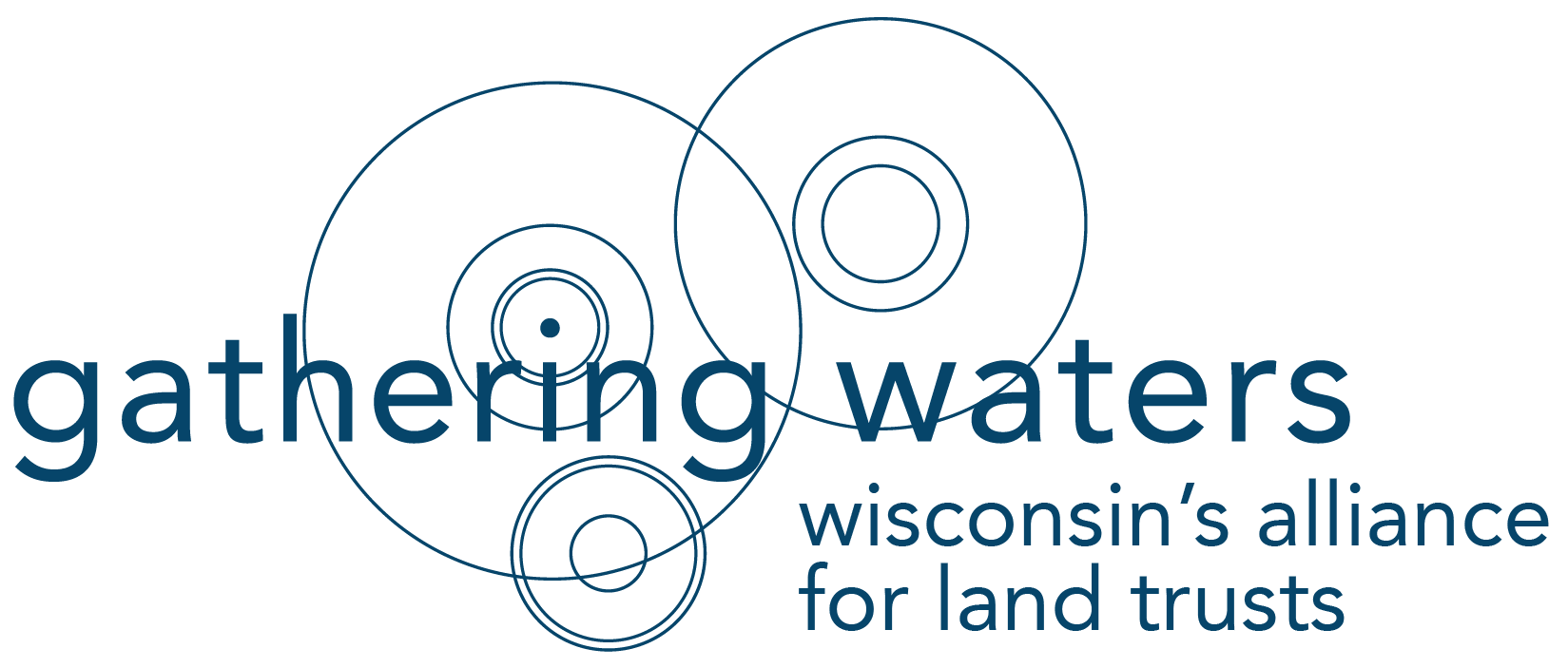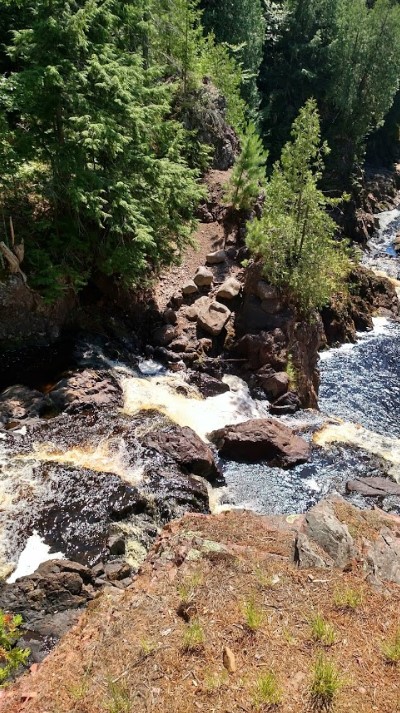Have you heard the thunderous roar of Copper Falls or gazed at a sunset with Lake Superior lapping at your toes?
Have you scaled the rocks to gaze in awe across the expanse of the Grand Canyon or viewed the ocean from atop Cadillac Mountain at Acadia National Park?
If you’ve visited these places, marveled at the size of California’s Redwoods or enjoyed the sweet smell of the forest as you hike Wisconsin’s the Ice Age National Scenic Trail, you’ve experienced the impact the Land and Water Conservation Fund (LWCF) has made in our country.
The Land and Water Conservation Fund offers more than just a few of the iconic, coast-to-coast destinations.
The LWCF has impacted every one of the 3,007 counties in the United States—including the 72 counties right here in Wisconsin. This vital program has contributed to the health and well-being of Wisconsin’s economy, environment, and it’s residents.
On July 22, 2020, the U.S. House of Representatives will vote on the Great American Outdoors Act, which would fully and permanently fund the Land and Water Conservation Fund.
Contact your U.S. Representative in the House (find yours at House.gov). Ask them to vote for the Great American Outdoors Act. Your policymakers want to hear from you. Tell them why you want them to fully and permanently protect this important resource so all people in this country can enjoy being in nature.
LWCF grant funding program helps local communities.
The LWCF allows communities to build playgrounds, community parks, bike trails, and walking paths in cities and towns across the country. According to nps.gov, from 1965 to 2014, the LWCF gave state and local governments 41,999 grants totaling $3.9 billion dollars.
In Wisconsin, LWCF funded 271 community projects including community swimming pools, tennis courts, and village and state parks.
LWCF ensures the next generation can study Bald Eagles, California Condors, and other endangered species in the wild instead of a history book.

The LWCF’s Cooperative Endangered Species Conservation Fund (Section 6 Grants) funds up to 25 percent of projects through matching grants. LWCF works with state and municipal governments, private landowners, and conservation organizations to maintain or restore the habitat of threatened and endangered species. To-date, the LWCF has given 246 grants totaling $394 million to these efforts.
Close to home, the LWCF funded the Upper Mississippi National Wildlife Refuge to protect habitat on the Mississippi Flyway in Wisconsin, Minnesota, Iowa, and Illinois. As a result, several healthy groups (convocations) of Bald Eagles live on the refuge year-round.
LWCF supports Wisconsin’s forest industry.
Through the Forest Legacy Program (FLP), LWCF encourages the protection of privately owned forest lands through conservation easements or land purchases. The FLP promotes sustainable forest management and supports the forestry and forest-products industry.
As Wisconsin’s forested area become more fragmented and disappear, so does habitat along with the economic and environmental benefits forests provide. Protection of private forests results in many public benefits including:
- Opportunities for sportsmen to hunt, fish, and camp
- Clean and abundant drinking water for surrounding communities
- Healthy habitat for fish and wildlife
- Timber, fuelwood, and other forest products
LWCF invested $16,451,375 to protect 36,883 acres in Oneida, Vilas, Marathon, Lincoln, Iron, and Forest Counties. The project, known as the Tomahawk Northwoods, preserves forestland along with inland lakes and streams. It is home to several threatened and endangered species in addition to being a fruitful destination for hunters and anglers. Many of the activities that take place on protected forestland add industry and recreational dollars to Wisconsin’s economy.
The LWCF was also a key partner in the acquisition of the Chippewa Flowage Forest project. With conservation partners, including the Chippewa Flowage Area Property Owners Association, Couderay Waters Regional Land Trust, Gathering Waters, The Lac Courte Oreilles Tribal Governing Board, and other conservation and local government organizations, the LWCF-funded project linked 18,179 acres of rich forest land to one million acres of Chequamegon-Nicolet National Forest, Lac Courte Oreilles Tribal Land.

This section forms part of the Chippewa Flowage Watershed, a crucial groundwater resource, which is part of one of the largest wilderness bodies of water in the Ojibwa, Hunter, and Radisson townships.
These are just a sample of the many projects the Land and Water Conservation Fund has made possible during its 54-year history. But funding for these types of projects may be just history without your help.
Ask your U.S. House Representative to vote for the Great American Outdoors Act so future generations can experience natural wonders for years to come.


